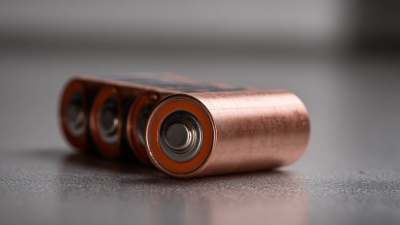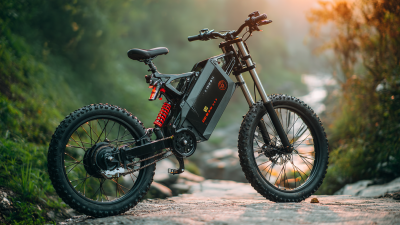In the rapidly expanding market of electric bikes, understanding the nuances of battery maintenance is crucial for maximizing efficiency and longevity. The Electric Bike Lithium Ion Battery is a pivotal component, offering the power and range that riders depend on. According to a report by the International Energy Agency, sales of electric bikes are expected to exceed 130 million annually by 2023, emphasizing the growing significance of battery care. A study published in the Journal of Power Sources highlights that proper charging and storage practices can extend the lifespan of lithium-ion batteries by up to 50%. By implementing effective strategies, users can not only enhance the performance of their Electric Bike Lithium Ion Battery but also ensure a safer, more sustainable ride. This guide delves into the best practices that every electric bike owner should adopt to optimize their battery's longevity, ultimately leading to a more economical and environmentally friendly cycling experience.
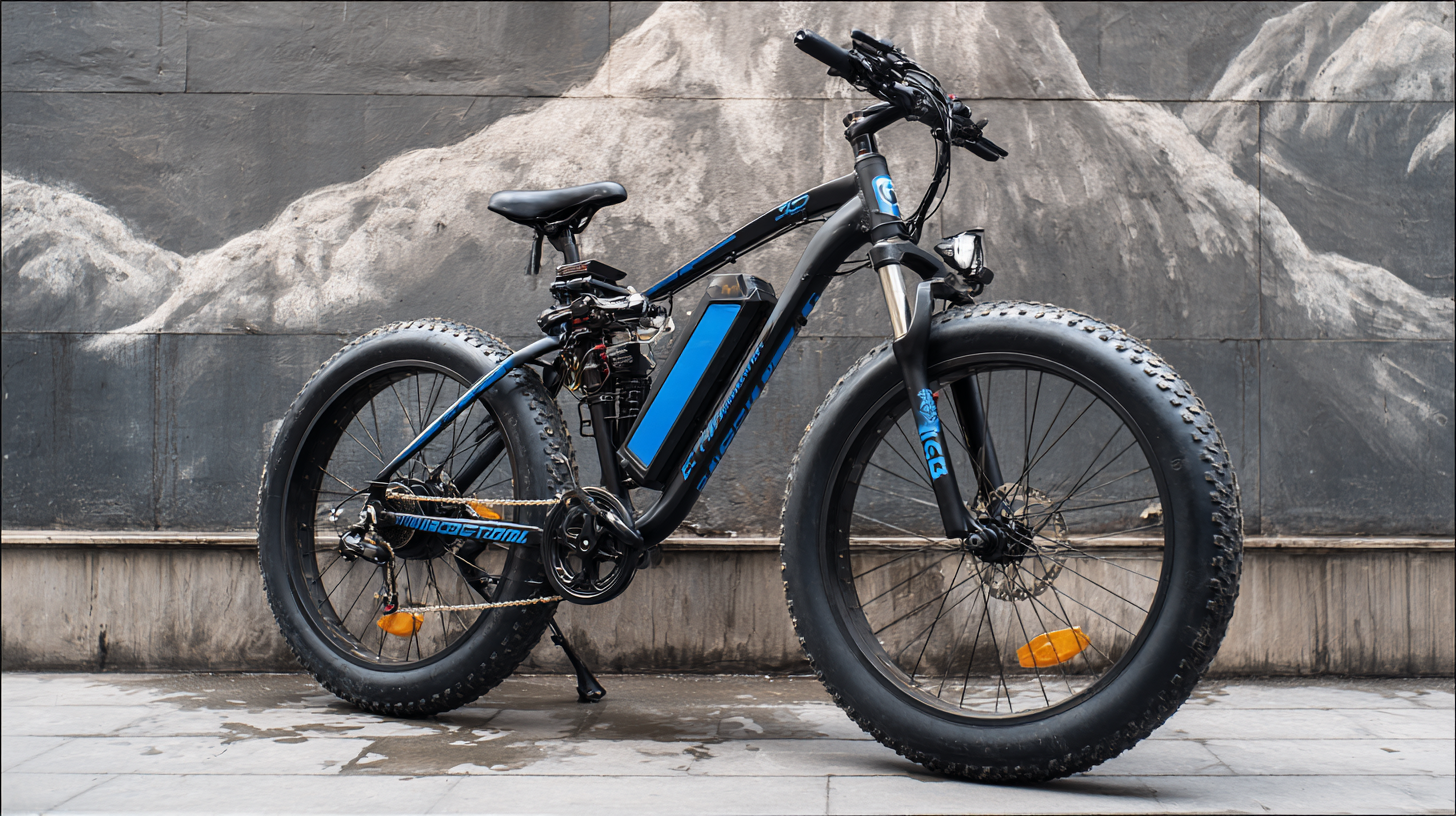
Understanding the basics of lithium-ion batteries is crucial for optimizing the lifespan of your electric bike. These batteries are favored for their high energy density and minimal self-discharge rates, making them the primary choice for electric vehicles (EVs). The standard components of a lithium-ion battery include graphite anodes and various lithium metal oxides for cathodes, which collectively contribute to their performance and longevity. Knowing how these materials interact during charging and discharging can help users adopt better practices to prolong battery life.
Regular maintenance and proper usage are vital for maximizing the lifespan of lithium-ion batteries. Factors such as temperature, charging habits, and cycle depth play significant roles in determining how long your battery will last. It's important to avoid extreme temperatures and deep discharges, as these can reduce overall performance and capacity. Additionally, comprehensive recycling practices can ensure that old batteries are properly treated, allowing for the recovery of valuable materials and reducing environmental impact. Understanding these fundamentals not only enhances your e-bike experience but also contributes to sustainable energy practices.
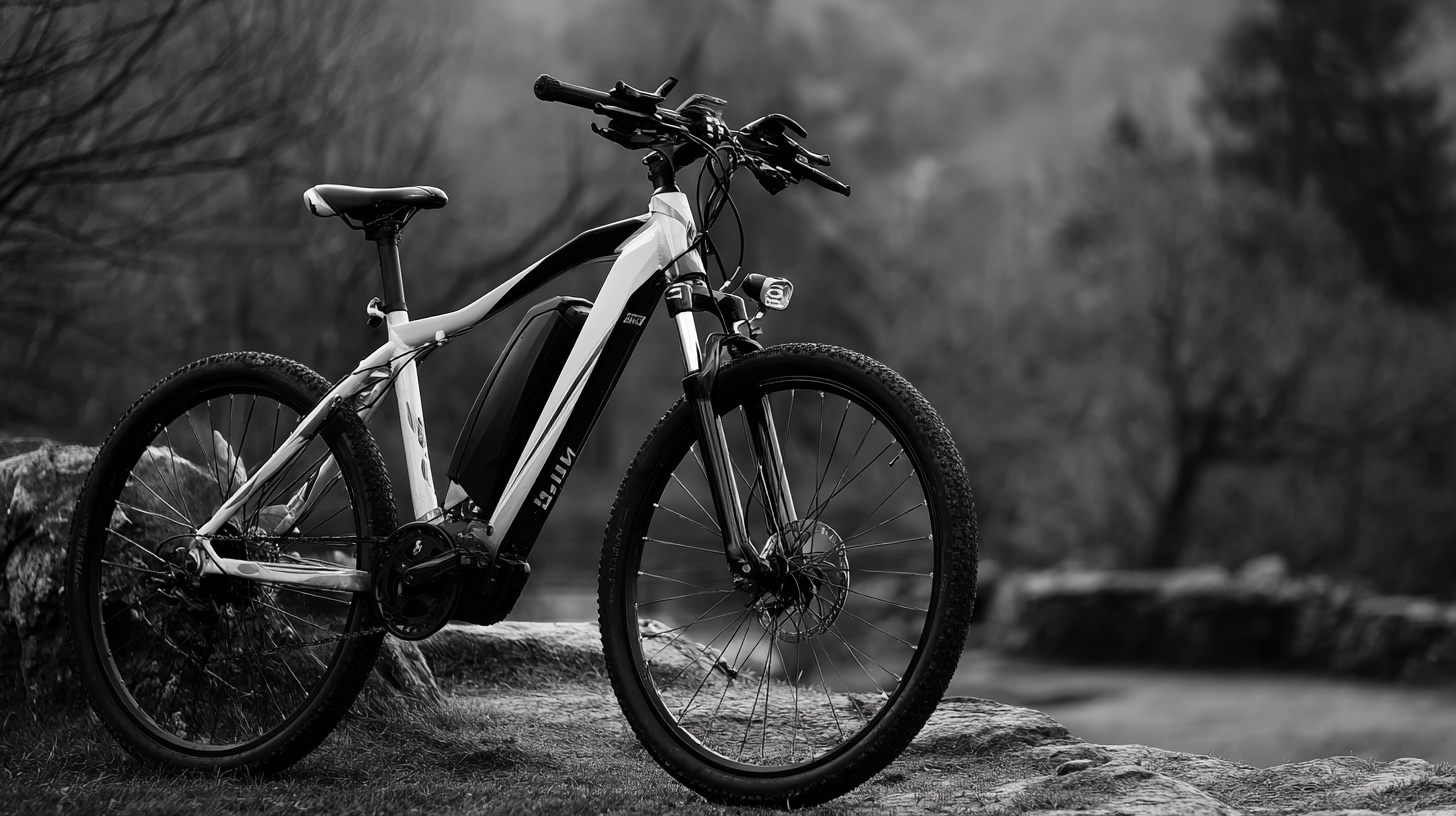
To extend the lifespan of your electric bike's lithium-ion battery, adopting best charging practices is crucial. Firstly, it is essential to avoid deep discharges. Lithium-ion batteries tend to last longer when their charge levels are maintained between 20% and 80%. Charging your battery regularly rather than waiting for it to drain completely can significantly improve its longevity. Additionally, try to use a quality charger recommended by the manufacturer. Using the right charger ensures that the battery receives the proper voltage and current, which helps prevent damage.
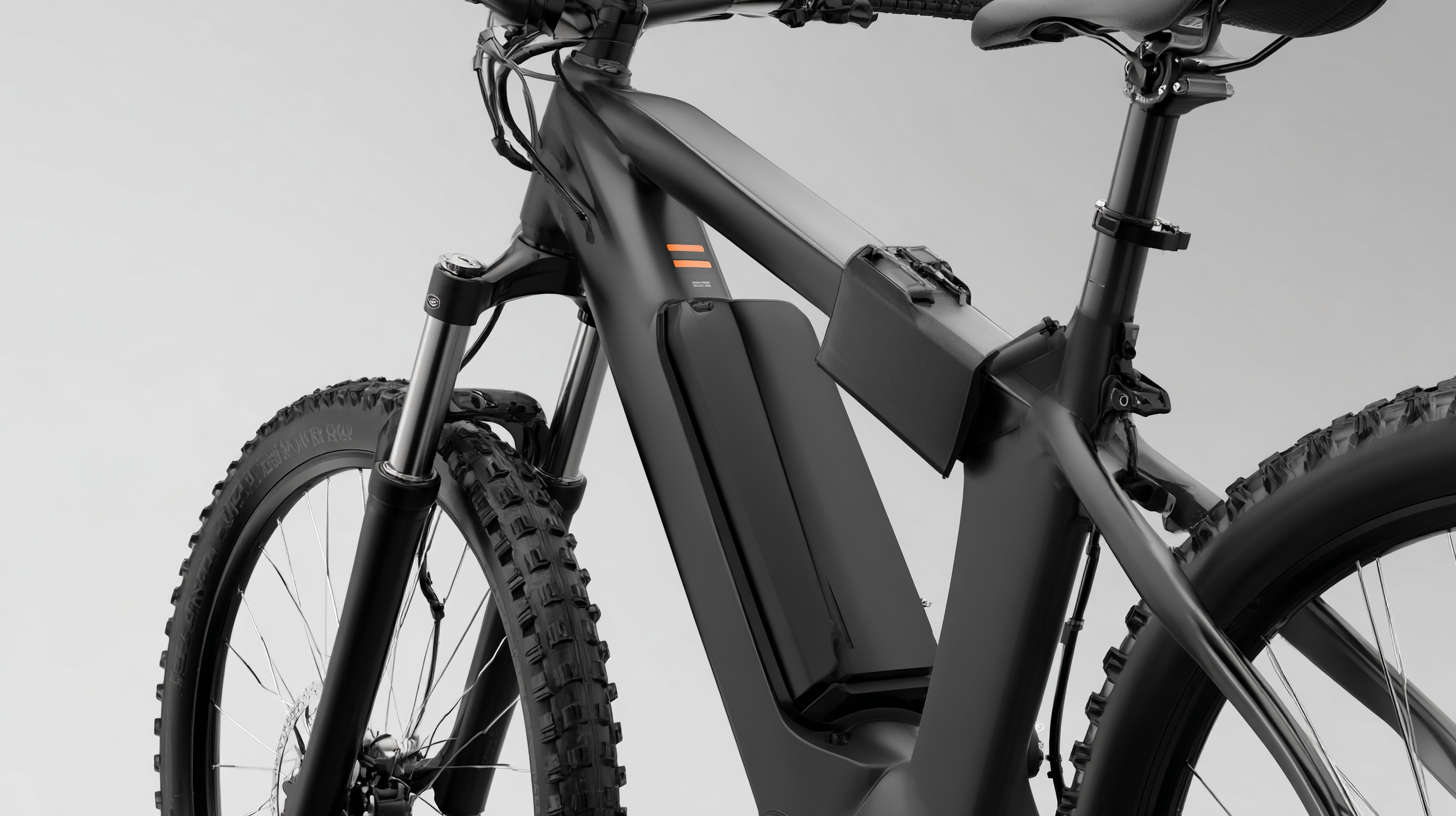
Another key practice is to avoid extreme temperatures during charging. Lithium-ion batteries are sensitive to heat and cold; therefore, charging your battery in a temperature-controlled environment can prevent unnecessary wear. Ideally, aim to charge your battery at room temperature, avoiding direct sunlight or freezing conditions. Furthermore, consider letting your battery rest for a few minutes after a ride before plugging it in. This small pause allows the battery to cool down and helps optimize the charging process, contributing to a healthier battery in the long run.
When it comes to optimizing the lifespan of your electric bike’s lithium-ion battery, understanding optimal storage conditions is crucial. Research indicates that lithium-ion batteries perform best when stored at a temperature range of 20°C to 25°C (68°F to 77°F). Storing your battery in extreme temperatures can accelerate degradation. For instance, exposing the battery to temperatures below 0°C (32°F) can cause lithium plating, which significantly reduces capacity and can lead to irreversible damage.
Additionally, it’s important to keep your battery charged correctly. Experts suggest that lithium-ion batteries should ideally be stored at around 50% charge if you’re not planning to use them for an extended period. This state of charge helps minimize stress and prolongs the battery’s overall health. Always avoid letting the battery fully discharge, as this can lead to depth-of-discharge issues that might affect battery longevity. Following these guidelines can help ensure that your electric bike battery remains efficient and functional throughout its lifespan, even during seasonal storage.
| Storage Condition | Recommended Temperature Range (°C) | Ideal Charge Level for Long-Term Storage | Frequency of Use (Months) | Potential Risks |
|---|---|---|---|---|
| Indoor Storage | 10 to 20 | 40% to 60% | Use every 1-3 months | Self-discharge, temperature extremes |
| Outdoor Storage (Protected) | 0 to 25 | 50% to 70% | Check every month | Moisture exposure, overcharging |
| High Humidity Environment | 15 to 30 | 30% to 50% | Use every month | Corrosion, battery swelling |
| Cold Environment | -10 to 10 | 40% to 50% | Recharge every few months | Reduced capacity, freezing |
To extend the lifespan of your electric bike lithium-ion battery, establishing regular maintenance routines is essential. Experts suggest that adhering to a consistent charging schedule can significantly enhance battery longevity. According to a report by the International Energy Agency (IEA), lithium-ion batteries can sustain approximately 300 to 500 charge cycles. Proper maintenance, such as not allowing the battery to discharge below 20%, can help users maximize these cycles, resulting in a more dependable riding experience.
Additionally, temperature control plays a crucial role in battery health. The ideal storage temperature for lithium-ion batteries is between 20°C and 25°C. Exposure to extreme temperatures can decrease battery efficiency by up to 30%, as noted by the Battery University. Regularly inspecting for corrosion on terminals and ensuring connectors are clean can prevent further degradation. Implementing these simple strategies not only prolongs the battery life but also enhances overall performance, making for a more enjoyable ride.
One of the most critical aspects of electric bike maintenance is monitoring the lifespan and health of the lithium-ion battery. A key indicator of battery wear is a noticeable decrease in range; if your electric bike no longer achieves its standard mileage per charge, it may be time to reassess its battery health. According to a study by the Battery University, lithium-ion batteries typically retain about 70-80% of their capacity after 500 full charge cycles. Beyond this point, riders may start to experience significant performance declines.
Additionally, physical signs of wear should not be overlooked. If the battery casing shows cracks, bulges, or signs of leakage, these can be serious indicators of failure. The International Energy Agency reports that battery life can be drastically reduced due to improper charging practices, such as consistent overcharging or letting the battery drain completely. Regular inspections and timely replacements, ideally every 2-4 years depending on usage and charging habits, can ensure optimal performance, ultimately contributing to a better riding experience and increased safety.



